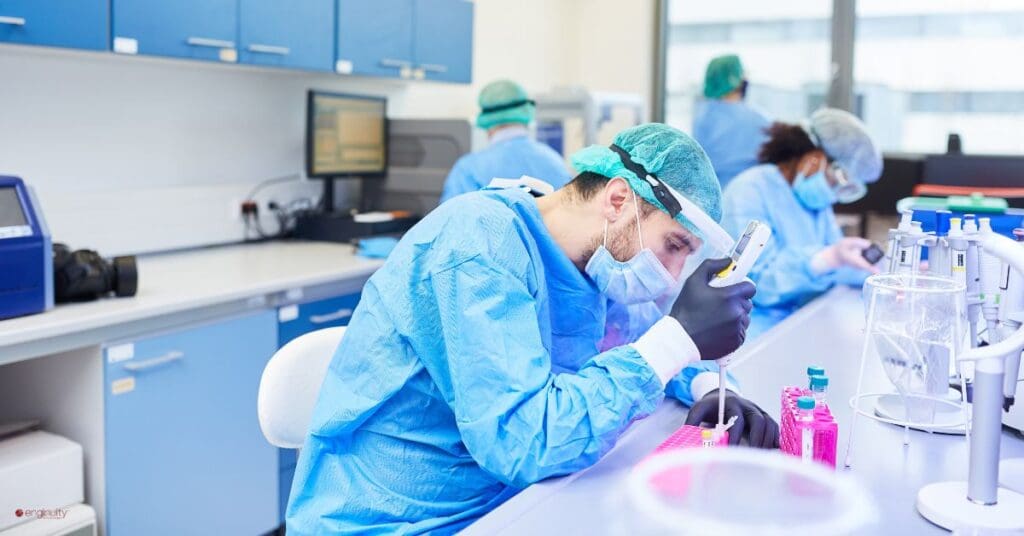The Future of Biotechnology and Pharmaceuticals: Key Trends Shaping 2024 and Beyond

The biotechnology and pharmaceutical industry is set for significant growth and innovation in 2024, with several key trends shaping its trajectory. One of the most transformative advancements is the continued development of CRISPR-Cas9 gene-editing technology. This revolutionary approach has shown promise in treating genetic disorders like sickle cell disease and beta-thalassemia. The recent approval of Casgevy, a CRISPR-based therapy, marks a milestone, signaling a new era of medical treatments that could extend beyond blood disorders to a wide range of genetic conditions (Labiotech.eu) (Technology Networks).
Artificial intelligence (AI) is another critical driver of innovation within the biotech sector. AI aids in drug discovery by analyzing vast datasets to identify patterns, streamline the selection of drug targets, and enhance patient selection for clinical trials. This technology promises to significantly accelerate the drug development process, making it more efficient and cost-effective. However, integrating AI into the pharmaceutical industry also presents challenges, such as the need for robust regulatory frameworks and specialized expertise to manage its application effectively (FlexiBio) (Technology Networks).
In addition to gene editing and AI, bioprinting and tissue engineering are making remarkable strides. These technologies involve creating tissues using bio-inks composed of human cells, with the potential to fabricate bioartificial organs. While practical applications like bioprinted skin for burn victims are already in use, the field is rapidly advancing towards the creation of more complex tissue structures. This progress could eventually lead to the development of fully functional bioartificial organs, significantly impacting organ transplantation and regenerative medicine (Labiotech.eu).
The industry is also experiencing growth in the development and approval of biosimilars. These are biopharmaceutical drugs designed to have properties similar to an already-licensed drug, offering a lower-cost alternative. The rise of biosimilars is expected to increase access to innovative therapeutics, making treatments more affordable and widely available. As patents for original biologic drugs expire, the market for biosimilars is projected to expand, driving competition and further innovation within the sector (Technology Networks) (PharmExec).
Another noteworthy trend is the increasing role of real-world data (RWD) in drug development and regulatory decision-making. RWD, collected from various sources such as electronic health records and patient registries, provides insights into the effectiveness and safety of treatments in real-world settings. This data is invaluable for improving patient outcomes and can accelerate the approval process for new drugs by providing comprehensive evidence of their impact. The integration of RWD into the pharmaceutical industry is expected to enhance the precision and personalization of medical treatments (FlexiBio) (Technology Networks).
Finally, the global landscape of the biotechnology and pharmaceutical industry is evolving, with emerging markets playing a crucial role. Countries like India are becoming increasingly significant in the biopharma sector, driven by their growing regulatory environments, vast patient populations, and lower research costs. India’s influence is expected to continue growing, making it an attractive location for clinical research and commercialization of new therapies. This shift towards emerging markets is likely to drive further innovation and expand access to novel treatments globally (PharmExec).

